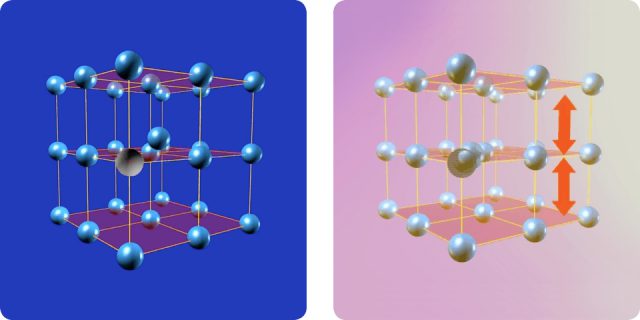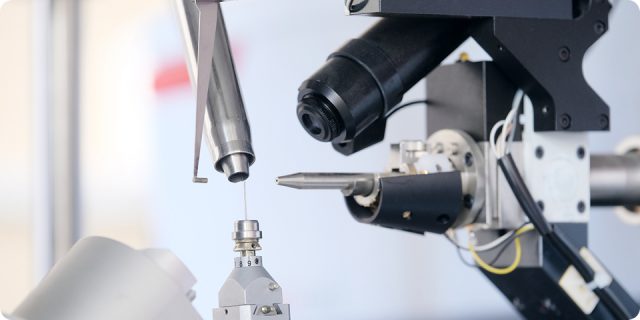Principle of Operation
LG Tech-Link Global manages UCTS manufacture and calibration, supports customers through the full test cycle (from planning through to execution and removal), provides data reduction and analysis services and takes part in results interpretation discussions, as needed.


